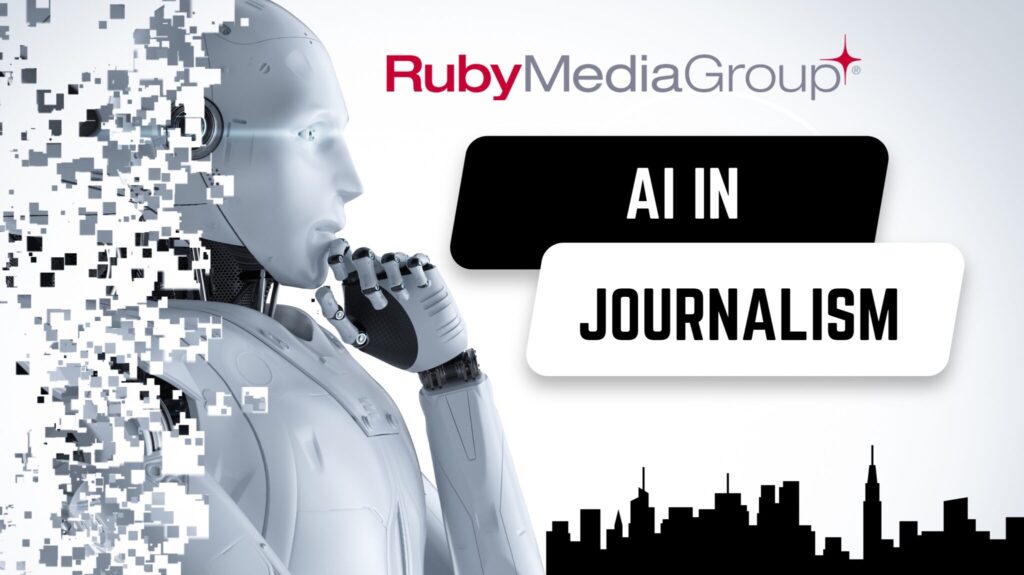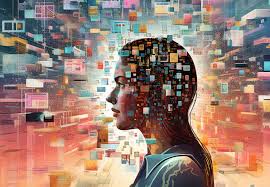
By Chinaza Osigwe
Can AI replace journalists?” is a rampant question these days as AI technology evolves at lightning speed. OFF Radio Kraków’s recent attempt to answer can AI replace journalists turned into a cautionary tale. The station swapped out human journalists for AI presenters—Emilia, Jakub, and Alex—and aired an AI-generated interview with late Nobel laureate Wisława Szymborska.
The result? A storm of backlash. Turns out, the real-world test for can AI replace journalists showed AI has serious flaws.Recent years have witnessed considerable interest in artificial intelligence applications to automate various journalism tasks.
This article will provide a broad look at the different types of works utilized to build advances in artificial intelligence and focuses on image generation in journalism.

Given the massive amount of images associated with news and the ease of image tampering, synthetic image generation is of prime interest to establish the integrity of images before adopting them in the newsroom. Even though these emerging technologies could offer multiple new journalism products, they also expose ethical, privacy, and labor concerns.
Issues like explaining the technology behind the news products, the quality of generative algorithms, and provenance play an essential role in the trust of journalists and the public. Current evolution focuses significantly on visual media progressing from classic news article production to interactive visualizations, and the mashup and tailoring of standard form content around social media.

While the primary push has been data-driven, recent derivative small data works have stretched the continuum motivating this review. AI is already being used in journalism to some extent, such as for data analysis and automated news writing. However, it is unlikely that AI will completely replace human journalists in the near future.
While AI can process and analyze large amounts of data, it lacks the creativity, critical thinking, and ethical judgment that are essential for quality journalism. Human journalists can provide context, ask difficult questions, and offer a unique perspective that cannot be replicated by AI. Additionally, the public often values the human element in journalism and the trust that comes with knowing that a human being is behind the reporting.
While AI is undoubtedly transforming the journalism industry, it’s unlikely to replace human journalists entirely. AI’s strengths in data analysis, automation, and efficiency will continue to augment journalists’ work, but human intuition, creativity, and critical thinking will remain essential for crafting compelling stories and holding those in power accountable.
As the industry evolves, journalists will need to adapt and develop new skills to work effectively with AI tools. Ultimately, the future of journalism will depend on a harmonious collaboration between human journalists and AI technology, each playing to their unique strengths.






